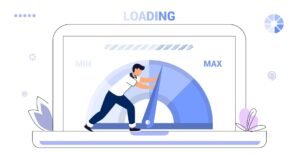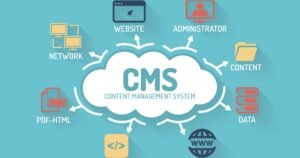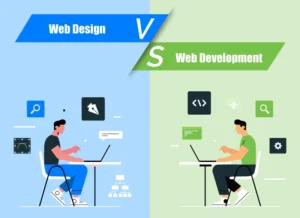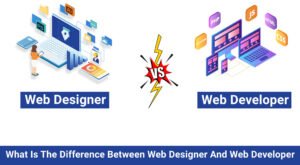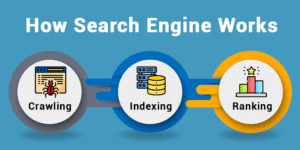🟢 Introduction
When building a website, many clients often confuse the roles of web design and web development — and even more rarely understand that each has different types within itself.
In this guide, we break down the types of web design vs web development, their functions, and which combination you might need for your next digital project.
🎨 Part 1: Different Types of Web Design
Web design focuses on the visual style and user experience of a website — what the user sees, how they interact, and how the brand is communicated through layout and interface.
1️⃣ Static Web Design
Fixed layout that doesn’t change unless edited manually.
Great for portfolios or simple informational websites.
Fast loading, but limited in functionality.
2️⃣ Dynamic Web Design
Content updates automatically through a CMS (like WordPress).
Suitable for blogs, business sites, and client-editable websites.
Easier to scale and manage.
3️⃣ Responsive Web Design
Adapts to different screen sizes (mobile, tablet, desktop).
Essential for user experience and SEO in today’s mobile-first world.
4️⃣ Minimalist Web Design
Clean, simple layouts with ample whitespace and modern typography.
Focuses on clarity and brand elegance.
5️⃣ Illustrative or Creative Web Design
Highly visual with custom illustrations, animation, or storytelling.
Perfect for creative brands, portfolios, and agencies.
6️⃣ eCommerce Web Design
Product-first layouts designed for online shopping.
Includes conversion-optimized features like product grids, filters, and clear CTAs.
⚙️ Part 2: Different Types of Web Development
Web development brings the design to life. It includes all the coding and technical logic that makes a site functional, fast, and interactive.
1️⃣ Front-End Development
Builds the user-facing parts of the website (HTML, CSS, JavaScript).
Ensures animations, layouts, and design components work smoothly.
2️⃣ Back-End Development
Powers everything behind the scenes (databases, server, logic).
Used for features like user accounts, payment systems, forms, etc.
3️⃣ Full-Stack Development
Combines front-end and back-end skills.
Ideal for small business websites, MVPs, and startups that need all-in-one solutions.
4️⃣ CMS-Based Development
Websites built using content management systems like WordPress, Shopify, or Webflow.
Great for clients who want to manage content without technical knowledge.
5️⃣ eCommerce Development
Development of online stores with features like product listings, shopping carts, checkout, and payment gateways.
6️⃣ Web Application Development
Involves building complex, interactive tools like SaaS dashboards, booking engines, or internal portals.
Uses frameworks like React, Vue, Angular, Laravel, etc.
🧠 Web Design vs Web Development: How They Work Together
Think of it this way:
Web Design is the architecture, interior decoration, and signage of a digital store.
Web Development is the foundation, electricity, plumbing, and automation that makes it all work.
To build a truly effective website, you usually need both.
🎯 Which Types Do You Need for Your Project?
Here’s a simple guide:
| Your Goal | What You Need |
|---|---|
| Want a beautiful online presence | Minimalist or responsive web design + front-end |
| Want to sell products online | eCommerce design + eCommerce development |
| Want a blog or news platform | Dynamic design + CMS-based development |
| Need custom dashboards or tools | Creative UX design + web app development |
| Just want a small, fast site | Static design + light development |
✅ Conclusion
Understanding the different types of web design and web development helps you make smarter decisions when hiring a digital agency or freelancer. Whether you’re creating a simple website, a custom tool, or a powerful eCommerce store — knowing what goes into both sides of the process ensures your vision becomes a fully functional digital experience.
At Digipeon, we specialize in both design and development, ensuring you don’t have to choose between beauty and performance — we give you both.


